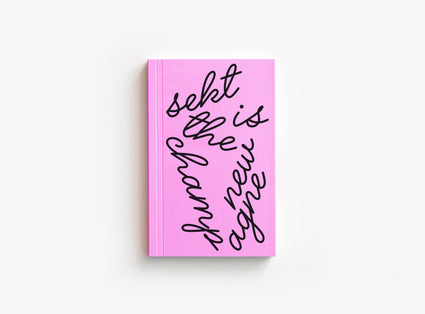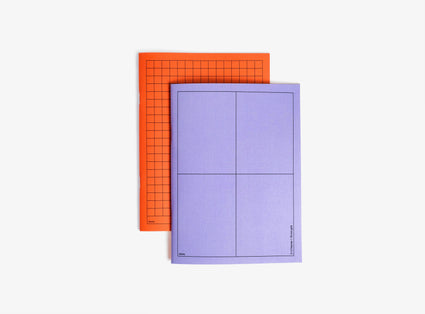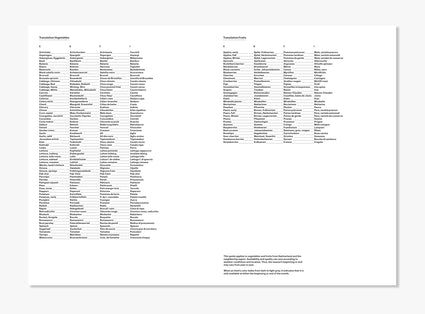25.04.23
How to pick out the perfect planner
There is an abundance of planners on the market today. It can be overwhelming to choose from all of the options. Many of us have purchased a planner hoping that it will magically organize our lives only to see that planner collecting dust in a corner just a few weeks later. Not only was this planner a waste of money, but it became a waste of resources. In this post, I am going to share several things to think about before you make your next planner purchase. Whether you want a planner with all the bells and whistles or if you’re curious about bullet journaling, let’s ensure that you find the perfect tool to keep you organized.

Dated or undated planners?
First things first. You need to make a decision about if you want a dated planner or an un-dated one.
- Dated Planners
Dated planners are great as they have all days and even holidays etc. written on them. Usually, they start in January, but some people may prefer a calendar that starts after the summer break in July. Think about your schedule and what you would truly benefit from.
Some dated planners have additional features that can help you become more organized and productive and can even help with mindfulness. One can benefit from having weekly goals, habit-trackers to check your sleeping pattern, weekly journaling of three things you are grateful for, daily affirmations, different guides, etc.
- Undated planners and bullet journals
Undated can be practical if you don’t mind putting all the dates in yourself, or if you use the planner just as a weekplanner. In this case, the specificity of dates doesn’t matter as much to you. An undated planner can also be more flexible if you start in the middle of the year.
There are also people who like to plan using a bullet journal. All you need is a blank, undated journal and the inspiration to design a system that is personalized to you and your goals. But be mindful of the fact that this can be a time commitment.

Size
It is easy to get fixated on a planner being fancy or adorable, but you need to think about what fits in with your lifestyle the best. If you want your planner on you at all times, it is better to stick to small (A6) to medium (pocket size). These sizes are handy to throw in a purse or backpack. If you prefer to have the ability to write with greater detail and you intend to leave your planner at home or in your office, medium (A5) to large (A4) are better options.

Binding
Binding can often be an afterthought when purchasing a planner, but it can be the difference between an easy user experience, or a frustrating one.
Things to look out for:
- The planner must lie flat when it is opened
- Avoid ring-binding, since it affects one’s ability to write depending on if one is left or right-handed.
- Hardcovers are stronger, but they are heavier to carry around.
- Often soft covers do not lie flat.
Edition Julie Joliat has the best of all worlds in that it is a soft cover for lightness, but the binding lies flat ensuring easy writing.
Paper quality
Never underestimate the importance of quality paper. Smooth paper is a must for a good writing experience. Be on the lookout for FSC-certified paper or paper that’s derived from recycled materials, since this will have a better impact on the environment. You want to find the perfect balance of thin paper which keeps the planner light, yet the paper should be opaque so the ink doesn’t bleed through the pages.)
Bookmarks
Another thing to keep in mind is having a bookmark for efficiency. It can be a cloth band, a flapped cover, a card for insertion, or an elastic around the spine. For those of you who are more daring, cutting the corner of the page each week is a great way to mark your place as well.

Layout
For planning, I recommend having one week per spread. Another good option is having one week on one page while the opposite page is blank, so you can doodle or make your weekly to-do lists. A planner with a month per spread is a great tool if you do not need to plan daily, but you still want a monthly overview. For journaling, one page per day is better, especially if you have a lot of daily writing.
- Horizontal vs. vertical layouts
A vertical layout with an hourly timeline is best if you have many daily appointments. A horizontal layout is better if you need to keep track of items and thoughts beyond daily appointments.
Addition planner formatting options to consider :
- a yearly overview (of the current and following year)
- a monthly overview (best for weekly planners)
- a forwarder planner (this is useful at the end of the year in order to start planning for the next year. It is a rare feature that you can find in Edition Julie Joliat’s planner)
- a blank weekly schedule to be filled by students or teachers
- a project planner is a nice add-on (also in Edition Julie Joliat’s planner)
- blank pages for notes
- holiday list
- motivational quotes and other engaging content
- stickers
- a pocket to hold important papers
- moon phases
Edition Julie Joliat
With the Edition Julie Joliat planner, I brought together all of my favourite features that make it a planner that fosters creativity and productivity. It is pocket size with a lovely soft cover that lies flat when open. It possesses weekly, monthly, and yearly calendars. The Edition Julie Joliat includes motivational quotes, fun games, and facts to freshen up your routine. In addition, it is ecologically produced, plastic-free, and contains only smooth, soft recycled paper. For a bookmark, one can use the cover flaps of the planner.
I would love to hear of a planner feature that you cannot live without. Comment below and let me know!
Happy planning, Julie





